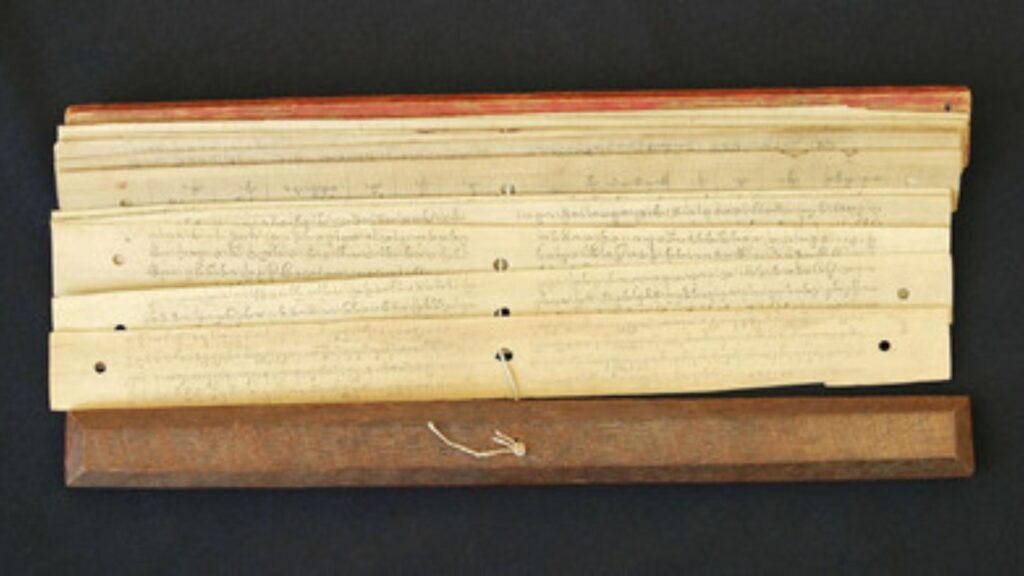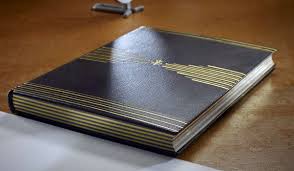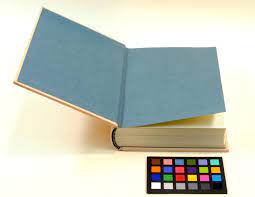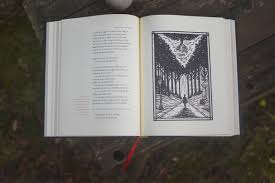
Bookbinders played a crucial and often underappreciated role in the preservation, creation, and dissemination of historical manuscripts. Their work extended far beyond merely assembling pages; they shaped the way knowledge was preserved and experienced for centuries. This article explores the essential contributions of bookbinders to historical manuscripts and highlights their craftsmanship, techniques, and impact on cultural heritage.

Craftsmanship Behind Bookbinding
At the heart of historical manuscripts lies the skilled craft of bookbinding. Bookbinders transformed loose sheets of parchment, vellum, or paper into cohesive, durable volumes. Their work demanded precision, patience, and artistic skill. Each manuscript required custom binding to protect delicate pages from wear, moisture, and damage.
Bookbinders chose materials such as leather, wood, fabric, and metal clasps to create covers that safeguarded the manuscript. They meticulously stitched gatherings of pages together, often using linen threads and hand-sewn techniques. This craftsmanship ensured manuscripts could survive centuries of handling and environmental stress.
Bookbinding Techniques in History
Throughout history, bookbinding techniques evolved to meet the needs of changing materials and uses. In medieval Europe, for example, manuscripts were often bound using wooden boards covered in leather, reinforced with metal corners and clasps. Bookbinders would sometimes decorate covers with intricate tooling, embossing, or gilding, turning books into works of art.
In Islamic cultures, bookbinders developed their own distinct styles, employing leather bindings with geometric designs, calligraphy, and sometimes inlaid jewels. Asian bookbinding, particularly in China and Japan, embraced flexible stitched bindings that allowed books to open flat for easier reading.
Regardless of region, bookbinders adapted their methods to preserve the integrity of manuscripts while also considering aesthetics, functionality, and durability.
Bookbinders as Preservers of Knowledge
Bookbinders served as guardians of knowledge by preserving manuscripts through careful restoration and rebinding. Over time, manuscripts often deteriorated due to frequent use, environmental factors, or accidents. Bookbinders repaired torn pages, replaced damaged covers, and reinforced bindings to extend the life of texts.
In monasteries and later universities, skilled binders worked alongside scribes and illuminators to produce manuscripts that would last for generations. Their efforts ensured that classical texts, religious scriptures, scientific treatises, and literary works survived through tumultuous periods like wars, fires, and political upheavals.
The Social and Economic Status of Bookbinders
Historically, bookbinders occupied a unique social position. While their work was essential, they often remained behind the scenes, overshadowed by the scribes who wrote the texts or the authors themselves. However, in urban centers and guild systems, bookbinders formed recognized trades with apprenticeships and regulated practices.
Some bookbinders achieved considerable prestige, especially when commissioned by wealthy patrons or religious institutions. Their skill could elevate a manuscript’s status, transforming it into a valuable object of both intellectual and artistic importance.
Bookbinders and the Transition to Print
The invention of the printing press in the 15th century did not eliminate the need for bookbinders. Instead, their role shifted from assembling handwritten manuscripts to binding printed books. Bookbinders adapted to mass production techniques but continued to add artistic flourishes and protective features to printed volumes.
This transition period highlights the resilience and adaptability of bookbinders, who bridged the medieval manuscript tradition with modern book production.
Conclusion
Bookbinders played an indispensable role in the creation, preservation, and dissemination of historical manuscripts. Their craftsmanship protected fragile texts from physical damage and helped transmit knowledge across generations. By blending art, technique, and preservation, bookbinders shaped the physical legacy of human culture. Without their dedicated work, much of the literary and intellectual history we treasure today might have been lost.





